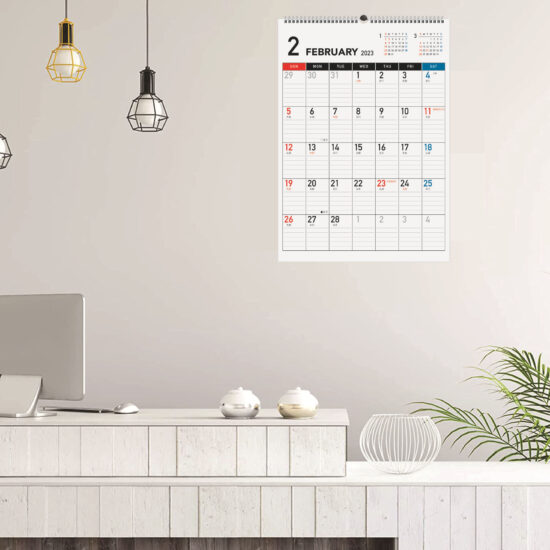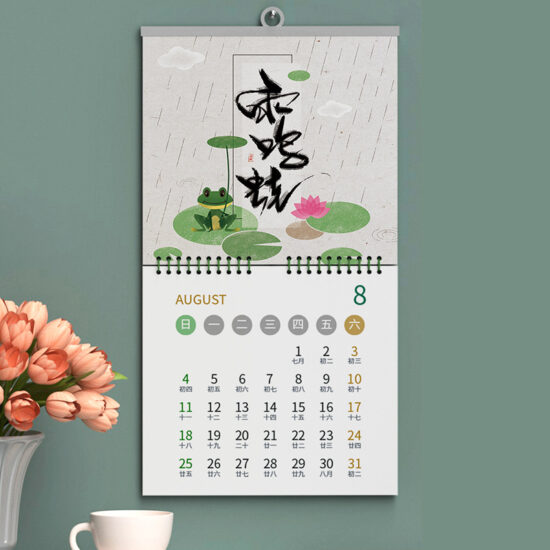bob@nbdho.com
Detailed Explanation of Printing Technologies for Poster Calendars
Detailed Explanation of Printing Technologies for Poster Calendars
Printing technology plays a critical role in determining the quality, cost, and turnaround time of poster calendars. Choosing the right printing method is essential for manufacturers and suppliers to meet client expectations and production requirements. This article provides a detailed overview of the main printing technologies used in the poster calendar industry, explaining their features, benefits, and ideal applications.
1. Offset Printing
Offset printing is the most traditional and widely used method for high-volume poster calendar production. It involves transferring ink from a plate to a rubber blanket, then onto paper.
-
Advantages:
-
High image quality with sharp details and vibrant colors.
-
Cost-effective for large print runs due to economies of scale.
-
Wide range of paper types and finishes supported.
-
-
Limitations:
-
High setup costs make it less suitable for small orders.
-
Longer preparation time compared to digital printing.
-
-
Best Use Case:
Large batches of poster calendars where consistent high quality and cost-efficiency are priorities.
2. Digital Printing
Digital printing involves directly printing the digital image onto the paper without the need for plates.
-
Advantages:
-
Fast turnaround times and lower setup costs.
-
Ideal for small to medium print runs.
-
Enables easy customization and personalization for each calendar.
-
-
Limitations:
-
Color consistency may vary slightly compared to offset printing.
-
Generally higher cost per unit for large volumes.
-
-
Best Use Case:
Customized poster calendars, limited editions, or short-run production with quick delivery needs.
3. Screen Printing
Screen printing uses stencils and mesh screens to apply layers of ink onto the printing surface.
-
Advantages:
-
Excellent for vibrant, opaque colors, especially on specialty materials.
-
Durable prints with good resistance to fading and wear.
-
-
Limitations:
-
Less common for detailed photographic images.
-
Setup can be labor-intensive and costly for multi-color prints.
-
-
Best Use Case:
Bold designs with solid colors on specialized poster calendar materials.
4. Flexography
Flexography uses flexible relief plates to print on various substrates, often used for packaging and labels.
-
Advantages:
-
Fast printing speeds and suitable for large runs.
-
Can print on a variety of materials beyond paper.
-
-
Limitations:
-
Generally lower resolution compared to offset and digital printing.
-
Less commonly used for high-detail poster calendars.
-
-
Best Use Case:
Specialized poster calendars requiring unique materials or large volume runs with simpler designs.
Conclusion
Understanding the strengths and limitations of different printing technologies helps manufacturers and suppliers choose the most suitable method for producing high-quality poster calendars. Whether prioritizing volume, customization, or material compatibility, selecting the right printing technology is key to delivering exceptional products that meet customer needs.

